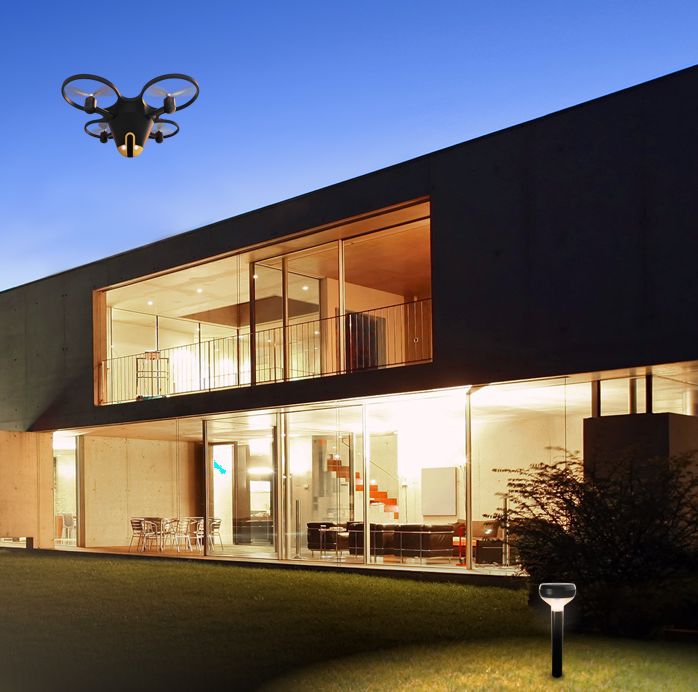
Home security is doubtless driven by technology and as new innovations are discovered, the market ought to respond quickly. Currently, many security suppliers at the forefront of the business are utilising IT technology and wise sensors to make intelligent systems. Yet, whereas these systems might even be breaking boundaries, operational with degree app interface, exploitation amount of your time mobile alerts and lots of, its basic utility isn’t any completely totally different to ancient ‘box and buzzer’ alarms. This may shortly change as drones are being explored for this application.
Advanced sensors trigger ‘flying cameras’ to analyse
Sensors have unceasingly read huge [*fr1] in home security, and these future-thinking drone based systems rely upon the classes of advanced, intelligent sensors that are utilized in innovative IT affected systems to manage. as an example, flower Lab’s helianthus Home Awareness System uses external sensors to watch a property’s natural movements. These sensors take the form of flower wise Lights, disguised as ancient terrace stage lighting systems. Not exclusively do they sight the presence of any intruders; but they together deter them with flashing light-weight and sound. Once these alarms are triggered, a drone is flown in to analyse and record the activity, live streaming it to each client’s device.
By using a drone, it’s potential to quickly establish verity nature of every sensor that’s triggered remotely, taking applicable action now. Whereas various wise security programmes may additionally alert customers once a breach has been recorded, using a drone provides improved insight and instant peace of mind.
Not only for security
Alarm.com has developed an identical machine learning formula stated as Insights Engine. Exploitation advanced sensors placed around the home, it learns the normal levels of motion which will be expected so as that when one factor out of the quality happens, the camera drones (Snapdragon Flight from Qualcomm) are flown in to analyse. Whereas these drones would be deployed throughout events like a chance in, various harmful occurrences sort of a water leak could even be analysed remotely exploitation the system.
Covering at intervals a home, nevertheless as outside
Many samples of early drone security systems work by operational a drone externally. but heap of are developing that use a drone at intervals the house, like Hawkeye. Still, in its early stages, this drone would combine sound, motion, and web site mapping algorithms and high-resolution video observation with deterrent systems to forma fully automated drone security system. The drone would be placed within the house, automatically returning to its charging station once not in use or once it detects low battery, providing constant observation whereas not the requirement for anyone to manage it.
Many leading home security organizations are identifying the benefits that drone can awaken this application, creating a property protection system which will quickly learn the actual details of each intrusion or event – one factor that is still a challenge to many security suppliers.


